Introduction
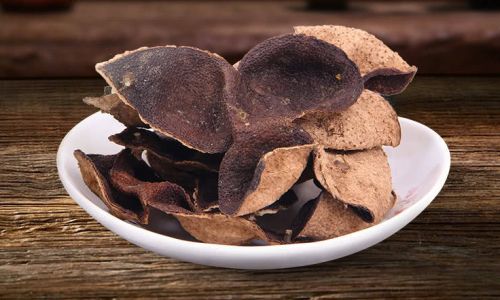
In the vast realm of culinary arts, traditional ingredients often hold a unique place, carrying generations of wisdom and flavor. One such ingredient, dried tangerine peel, commonly known as Chenpi in Chinese cuisine, is a testament to this heritage. Chenpi is not merely a byproduct of citrus fruit but a carefully crafted delicacy that enhances dishes with its distinct aroma and subtle sweetness. This article delves into the intricacies of how to cook Chenpi, uncovering the steps, techniques, and the cultural significance behind this ancient ingredient.
Understanding Chenpi: A Brief History and Overview
Chenpi originates from the peel of tangerines, primarily the species Citrus reticulata, which are meticulously harvested, dried, and aged. The process of creating Chenpi is as much an art as it is a science, involving careful selection of the fruit, precise drying methods, and patience during the aging process. Each year of aging adds complexity to its flavor, making older Chenpi highly valued in gastronomy.
Traditionally, Chenpi was used in Chinese medicine for its digestive and respiratory benefits, but its versatility has extended its use into the culinary world. It finds its way into soups, teas, desserts, and even savory dishes, adding layers of depth and balance to the final dish.
Preparing to Cook with Chenpi: Selection and Preparation
Before diving into the cooking process, it’s crucial to understand how to select and prepare Chenpi. Here are some key points:
-
Selection: Look for Chenpi that is well-preserved, with a dark, glossy appearance indicating proper aging. Avoid pieces that are moldy or have an unpleasant odor. The older the Chenpi, the more complex and mellow its flavor will be.
-
Cleaning: Prior to use, rinse Chenpi gently under cold running water to remove any dust or impurities. Pat it dry using a clean cloth or paper towel.
-
Cutting: Depending on the recipe, Chenpi may need to be sliced thinly or chopped into smaller pieces. Use a sharp knife to ensure clean cuts that release its essence effectively during cooking.
Cooking Techniques with Chenpi
Now, let’s explore various cooking techniques that highlight Chenpi’s unique qualities:
-
Infusing Teas and Beverages:
Chenpi is a star ingredient in teas, where its aroma and flavor can be fully appreciated. To make Chenpi tea, simply boil water and add a few slices or pieces of Chenpi. Allow it to steep for 5-10 minutes, then strain and serve. Honey or a splash of lemon can enhance its taste. -
Soup and Stew Enhancement:
Chenpi adds warmth and depth to soups and stews. Add a small piece or a few slices to slow-cooked dishes like chicken soup or pork ribs stew. Its subtle sweetness and citrus notes help balance richer flavors, making the dish more harmonious.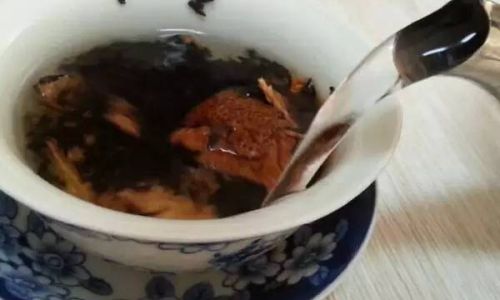
-
Dessert Creation:
Incorporate Chenpi into desserts for a refreshing twist. It pairs wonderfully with ingredients like lotus seed paste, red bean paste, and coconut milk. For instance, adding Chenpi shavings to a steaming bowl of ginger syrup pudding can elevate the dish with its aromatic notes. -
Savory Dishes:
Chenpi’s versatility extends to savory dishes too. It can be used in marinades for meats, adding a tangy depth to grilled or roasted foods. In stir-fries, a pinch of Chenpi powder can brighten up vegetable dishes, especially those featuring leafy greens or mushrooms. -
Condiments and Pickles:
Chenpi can also be used to make condiments or pickles. By combining Chenpi with vinegar, sugar, and spices, you can create a tangy, preservative-like paste that enhances the flavor of pickled vegetables or meats.
Tips for Cooking with Chenpi
-
Moderation is Key: Chenpi’s flavor is potent, so use it sparingly, especially when experimenting with new recipes. A little goes a long way.
-
Pairing with Other Ingredients: Chenpi pairs well with ginger, garlic, and spices like Sichuan peppercorns. These combinations can enhance its flavor profile and create complex, layered dishes.
-
Storage: Store Chenpi in an airtight container in a cool, dry place. Proper storage preserves its aroma and flavor, ensuring it remains potent for future use.
Cultural Significance and Modern Applications
Beyond its culinary uses, Chenpi holds cultural significance in many Asian communities. It symbolizes longevity, health, and prosperity, often featured in traditional festivals and celebrations. In modern times, Chenpi has found new applications in health foods, beauty products, and even cocktails, showcasing its adaptability and timeless appeal.
Conclusion
Cooking with Chenpi is not just about adding an ingredient to a dish; it’s about embracing a tradition that spans centuries. Its unique flavor and aroma can transform even the simplest recipes into culinary masterpieces. By understanding how to select, prepare, and cook with Chenpi, you not only enhance your dishes but also honor a rich culinary heritage. As you experiment with Chenpi in your kitchen, remember to approach it with reverence and curiosity, allowing its subtle magic to unfold in every meal.

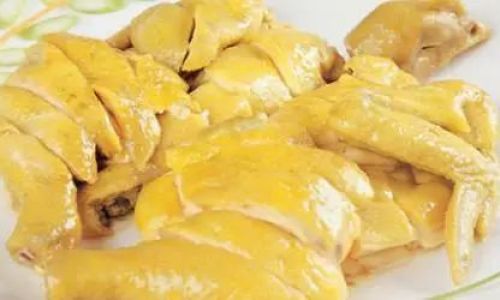

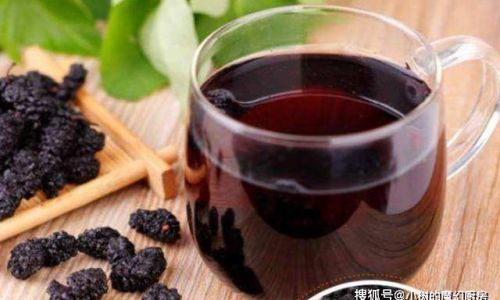

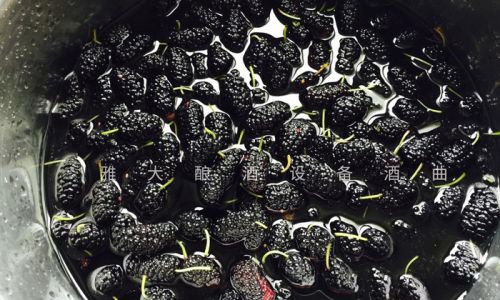
0 comments